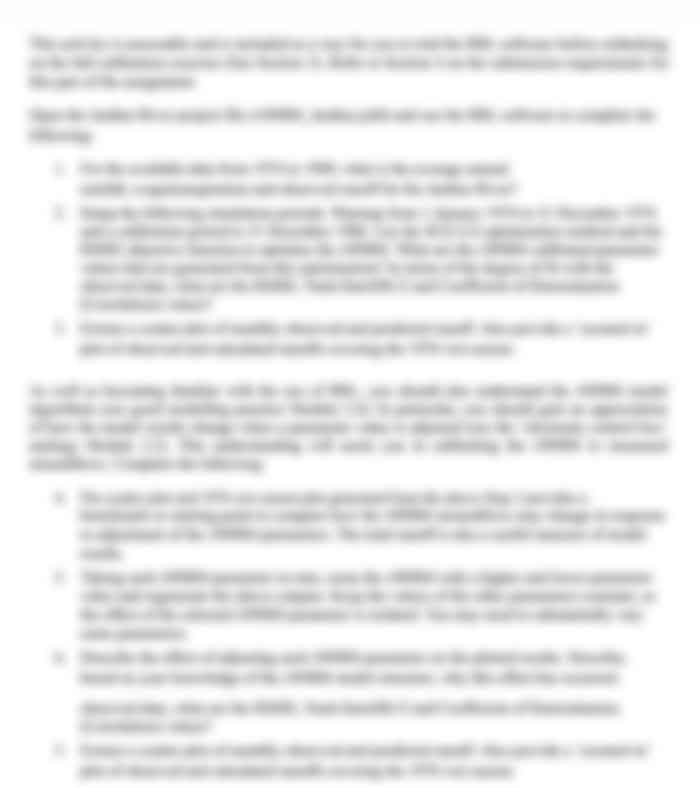Deployed working cloud App with Report
- Subject Code :
CCF501
- Country :
Australia
Context:
This assessment will engage students to use a variety of services on a public cloud platform (Either Google Cloud Platform, Microsoft Azure, or Amazon Web Services, and their products and experience the concepts of security, virtualization, and resource pooling in a Cloud Environment.
Project:
You will deploy an open-source web application server like Moodle, Thinksboard, KaaIOT, or Jira. At the completion of the project, you will have a server code connected with a database (MySQL/PostgreSQL/MongoDB).
You will deploy the system on Cloud Instance (EC2 or VM) and you will deploy the database on a database instance on the same provider (Like RDS, Azure SQL etc). Connect the two systems to make a working project.
Deliverable of this project will be;
1. A completely deployed working cloud App will be a deliverable that will be demonstrated to the instructor. See submission instructions for details.
2. A project Report (details of which can be found in the instructions).
Instructions:
For any of the cloud providers mentioned above, you will register for a free Azure/GCP Virtual Machine or Free Tier AWS EC2 server. Following are the instructions for the project;1. Deploy the software on a compute instance or virtual machine.
2. Database is needed to be deployed on a specialized database service like RDS in AWS.
3. Both need to be connected.
4. Firewall/Security policy should be defined for public access to the front.
The assessment requires you to prepare a report based on your project. To do this you will need to consider the following and specifically add to the body of the report:
1. Introduction to your application
2. Deployment steps, Operating System
3. Selection of a particular Service Provider AWS/Azure/GCP. Why?
4. Deployment model, block diagram, flowchart or any other suitable illustrations
5. Discussion on the procedure being followed from registration of the account to up and running application with supporting evidence like screenshots and logs.
6. Security Policy for your application, including threat analysis, mitigation policy, and its implementation on the cloud, with supporting evidence and screenshots.
7. Analysis of the application and further steps that can make this application more robust while on the cloud.
8. You need to list all the passwords to access the dashboards of the application you deployed along with passwords to access the dashboards of cloud providers, compute and database instances/virtual machines, Public and Private Key files, and screencast.
Writing the report
Start with a short introduction (approximately 100 words) stating what the assessment is about and some basic information relevant to the Project.This section is to be written in complete sentences and paragraphs. It should not contain any dot point information or tables, graphs, or diagrams.Your introduction should be followed by a section on the background information (approximately 300 words) including some context related to cloud computing and the deployment models.
Then structure the main body of the report (approximately 2000 words) using the above 6 points as sub-section headings. These sections should be written in complete sentences and paragraphs. However, you can include items such as graphs, diagrams, and tables if appropriate. Ensure that you title these clearly, in the correct way, and reference them using the APA system. If placing any tables, graphs, and diagrams in an appendix at the end of your report, you need to clearly state where the item can be located. Generally, the information presented in appendices does not count towards the total word count.
Finally, write a conclusion (approximately 200 words) as a summary of your project. This section brings together all of the information that you have presented in your report and should link to the purpose of the assessment as mentioned in the introduction. You can also discuss any areas, which have been identified as requiring further investigation and how this will work to improve or change our understanding of the topic. This section does not introduce or discuss any new information specifically, and like the introduction, will be written in complete sentences and paragraphs. No tables, graphs, diagrams, or dot points should be included.

